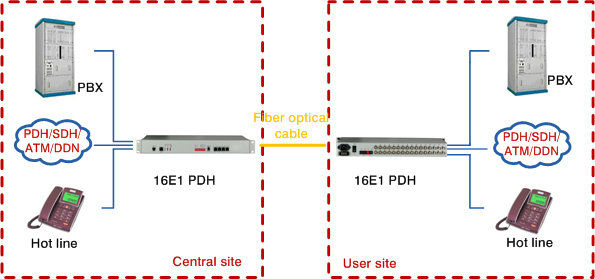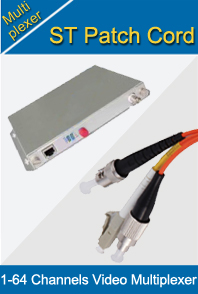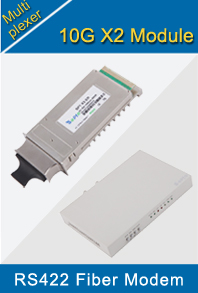-

- Sopto Home
-

- Special Topic
-

- Multiplexer Knowledge
-

- What Is a CCTV Multiplexer?
Multiplexer Knowledge
- Why is Multiplexing Needed in Data Communication Systems?
- What is Concept of Multiplexing in Telephone System?
- What is Digital TV Frequency?
- Outlook of the WDM Networks
- DWDM Technical Overview
- CWDM Technical Overview
- How to Activate Cable Modems?
- How to Install a Fiber Optic Modem?
- How do I Choose a Best Fiber Modem?
SOPTO Special Topic
Certificate



Guarantee
Except products belongs to Bargain Shop section, all products are warranted by SOPTO only to purchasers for resale or for use in business or original equipment manufacturer, against defects in workmanship or materials under normal use (consumables, normal tear and wear excluded) for one year after date of purchase from SOPTO, unless otherwise stated...
Return Policies
Defective products will be accepted for exchange, at our discretion, within 14 days from receipt. Buyer might be requested to return the defective products to SOPTO for verification or authorized service location, as SOPTO designated, shipping costs prepaid. .....
Applications
Multiplexers can be used to connect PBX, Hot line and other devices of network from central site to user site through fiber optical cable.
SOPTO Products
- Fiber Optic Transceiver Module
- High Speed Cable
- Fiber Optical Cable
- Fiber Optical Patch Cords
- Splitter CWDM DWDM
- PON Solution
- FTTH Box ODF Closure
- PCI-E Network Card
- Network Cables
- Fiber Optical Adapter
- Fiber Optical Attenuator
- Fiber Media Converter
- PDH Multiplexers
- Protocol Converter
- Digital Video Multiplexer
- Fiber Optical Tools
- Compatible
Related Products
Performance Feature
High integration desig
Low power consumption
Good EMC, EMI
Stable and Reliable
Multiplexer Knowledge
Recommended


What Is a CCTV Multiplexer?
CCTV (Closed Circuit Television) multiplexers are used in homes and businesses for video surveillance. CCTV cameras transfer their signals through a coaxial cable much like a cable TV cable. In cable TV applications each channel is transmitted through the cable on a different frequency. However, with CCTV cameras the signal being transmitted by each camera is the same frequency as all of the other cameras, so each camera must have a separate monitor. To reduce the cost of CCTV systems multiplexers were developed for use in CCTV systems so multiple cameras could be viewed on one monitor.
Since all CCTV cameras transmit their signals on one frequency there is no way to simply join all of the cables together into one cable and plug it into a monitor. Doing so would cause every signal to become un-viewable. Multiplexers use electronic circuitry to combine each individual signal into one signal which can be viewed on one monitor or recorded by one recording device such as a VCR.
.jpg)
1-64 Channels Video Multiplexer
CCTV multiplexers usually come in three sizes which are denoted in channels. According to CCTVMultiplexers.com there are typically 4, 9 and 16 channel units, and each channel connects to one camera; a 16 channel multiplexer can accommodate up to 16 CCTV cameras.
Installing a multiplexer is easy. Simply connect each camera to the multiplexer (sometimes called a mux) inputs and the output of the mux is connected to a monitor or recording device, and plug the multiplexer into a standard wall outlet.
Multiplexers typically have a few configuration settings. They can be configured to view one channel at a time or multiple channels simultaneously. Some multiplexers also have a setting called "dwell." Dwell allows the multiplexer to show each camera for a certain period of time (the dwell time) then the multiplexer will switch to the next camera. The multiplexer will continuously cycle through all of the cameras one-by-one. Some multiplexers also come with a remote to allow you to stop at a particular camera or change the multiplexer configuration.
Most modern security DVRs have multiplexers built into the DVR and therefore do not need an external multiplexer. Built-in multiplexers function just like external multiplexers and are incorporated seamlessly into the DVR operation.
For more info, please browse our website. For purchasing communication products, please contact a Sopto representative by calling 86-755-36946668, or by sending an email to info@sopto.com.



